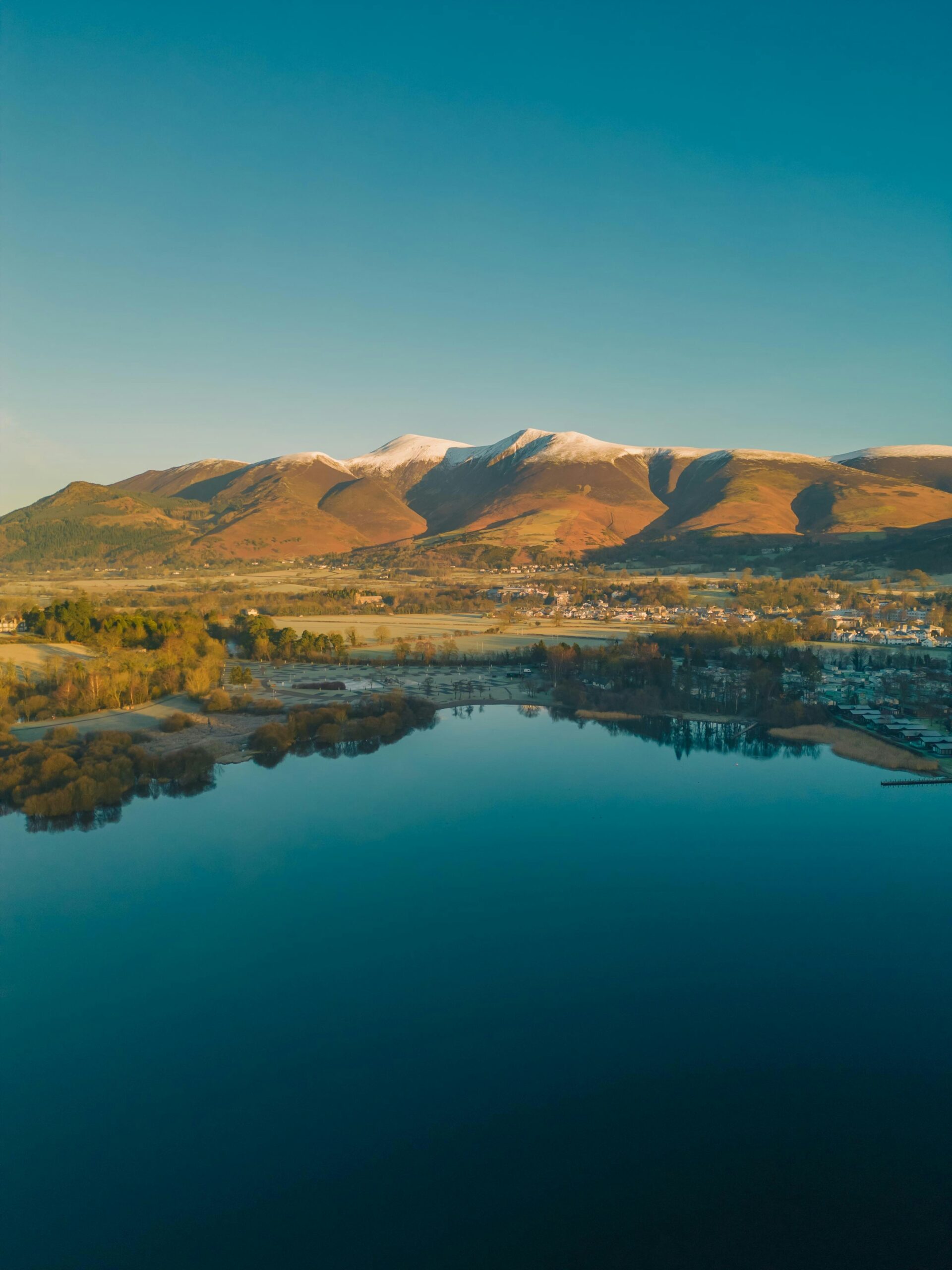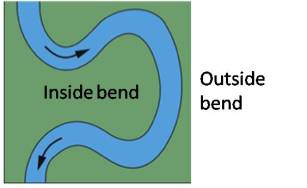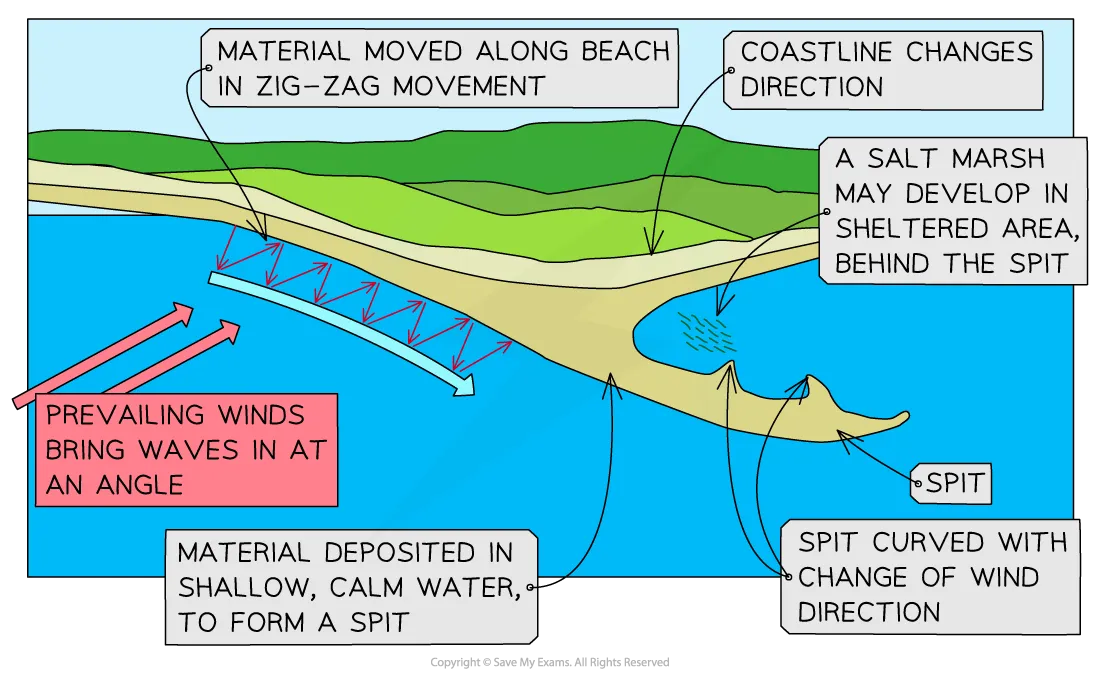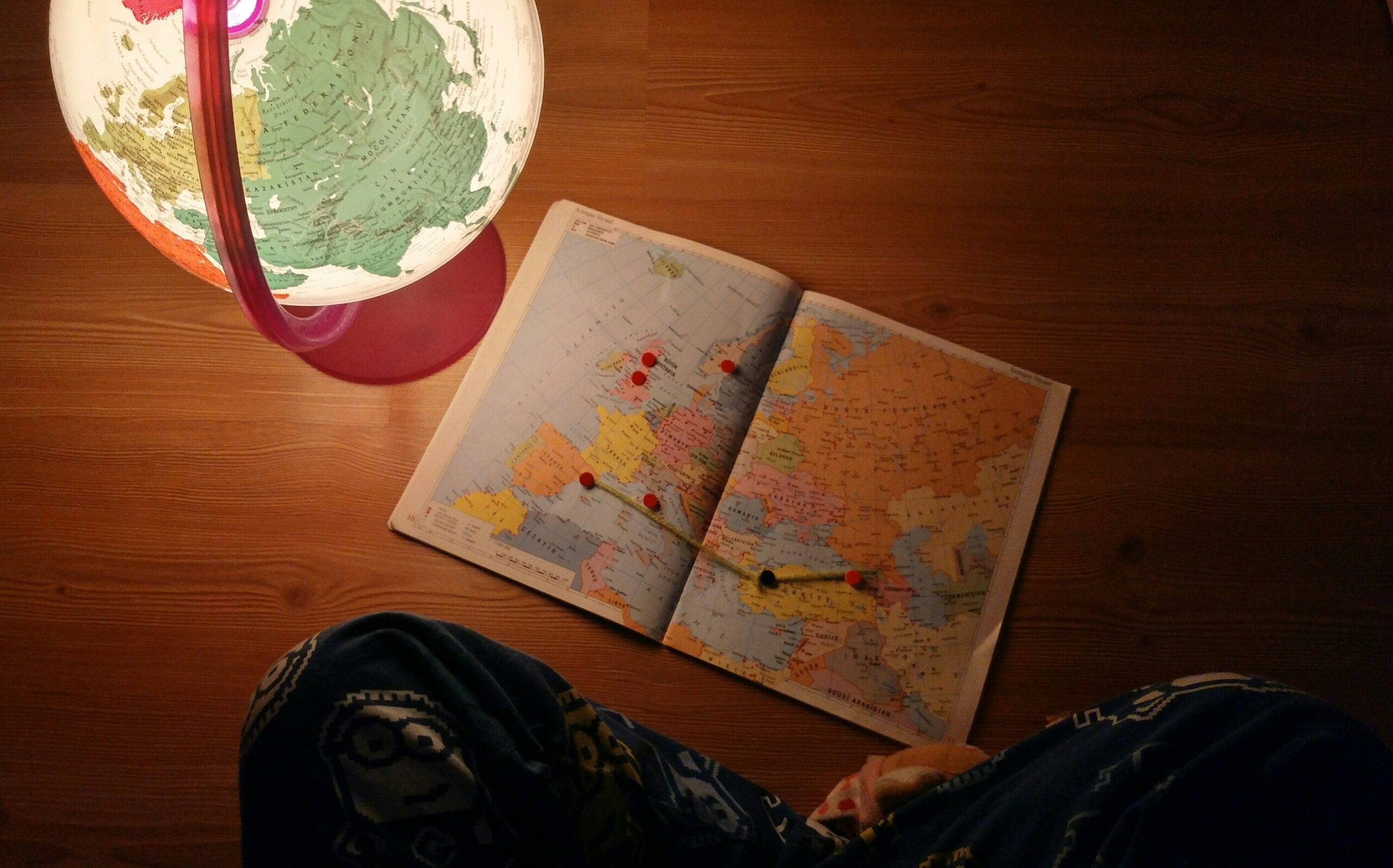Rivers
What has a bed but does not sleep?
What has a mouth but can not speak?
What runs but cannot walk?
A river!
Click on the link below to download a revision checklist for this topic
The Hydrological Cycle
Before you can focus on rivers, you must make sure you understand the hydrological cycle and the drainage basin cycle.
The Hydrological Cycle is the continuous movement of water on the Earth between the land, sea and air. It is powered by the Sun.
It can move as liquid water or water vapour . It can be stored as water, water vapour or frozen water (ice)
It is a closed system which means no water is added to or lost from it. It simply cycles round again and again.
You should be able to define all the word shown in the diagram
Evaporation = when water turns into water vapour and rises after heating
Condensation = when watger vapour turns back into water droplets after cooling
Transpiration = water vapour given off by plants
Precipitation = water in any form that falls to earth
Surface run off = water running over the surface of the earth
Groundwater flow= Water that travels underground through rock
The River/ Drainage Basin Cycle
A drainage or river basin is an area of land that is drained by a main river and its tributaries (small rivers joining the main river).
A river flows through a drainage basin from its source (start) to its mouth (end)
River source
River mouth
The edge of a drainage basin is known as the watershed.
A confluence is the point where two rivers meet.
The drainage basin cycle is an open system- as water can be added or taken away from it, into neighbouring river basins. Look at the diagram of the drainage basin cycle below and check you understand all the new terms on this diagram.
Interception = when water is stopped from reaching the ground often by plants
Stem flow = when water travels down the stem or trunk of a plant
Infiltration = when water soaks into the soil surface
Percolation = When water moves downwards through underground rocks
Through flow= water traveling sideways through soil
How does a river change from its source to mouth?
As a river travels through its drainage basin, it changes. When you look at the whole course of a river, we call this a river’s long profile.
We split the river into three stages- Upper, Middle and Lower Course and they all look very different
The table below shows what a river is like in each stage.
River erosion
A river flows along its channel made up of its bed and banks.
A river is constantly eroding its bed and banks in four different ways
Hydraulic Action
This process involves the force of water pushing air into the cracks of the beds and banks which forces them apart
Abrasion
This is the process by which the bed and banks are worn down by material in the river (load).
Attrition
Material (the load) carried by the river bump into each other and so are broken down and smoothed
Corrosion
This is the chemical action of river water. The acids in the water slowly dissolve the bed and the banks.
Erosional landforms
This erosion can cause some specific features/landforms in a rivers course. These include rapids, potholes and waterfalls.
Rapids
Potholes
Waterfalls
Transportation of material
Once material has been eroded by the river, it is often carried along in the river itself. The materials that are carried by the river are known as a river’s load.
This load is all different sizes and shapes and materials. Depending on the river’s discharge (amount of water in a river at a given time) , it can carry more or less load.
It is carried in four different ways by the river depending on its size and the material is.
1) Traction = Boulders and pebbles are rolled along the river bed at times of high discharge
2) Saltation = Sand sized particles are bounced along the river bed by the flow of water
3) Suspension = Fine clay and sand particles are carried along within the water even at low discharges
4) Solution= Some minerals dissolve in water such as calcium carbonate. This requires very little energy.
When a river loses energy it drops what it is carrying. This is called deposition.
Meanders
As a river moves through the flatter land of the middle and lower courses it develops large meanders (bends). These meanders constantly change their shape and position. However, if you looked at any meander in a cross section, they are very different from one side to the other. We call each side either the outside bend or the inside bend.
The outside bend and inside bend are very different. Look at the diagram below to see how.
As the water flows through a meander the following things occur:
– Most water is directed towards the outside of a bend
– This means it flows faster around the outside bend
– It therefore has more energy and erodes the outside bend
– This means it is deeper and has steeper banks called a river cliff
– As most of the water is directed to the outside bend, the inside bend has less water
– Less water means that it is shallower and slower and therefore has less energy
– It therefore deposits (drops) material on the inside bend
– This builds up to form a slip off slope
Ox Bow Lakes
C shaped lakes called Ox Bow Lakes are formed when meanders continually erode.
Depositional Landforms
Deposition of material can also create some specific features/landforms in a river’s course. These include floodplains, levees and deltas.
Floodplains and Levees
- Floodplains and levees are formed in the middle and lower course of a river
- Floodplains and leveés are formed by deposition in times of river flood.
- The river’s load is composed of different sized particles.
- When a river floods it deposits the heaviest of these particles first. The larger particles, often pebble-sized, form the leveés.
- Levees are raised banks right next to the river banks.
- As the water continues to flood futher away from the river banks, the sands are deposited next, then the silts and finally the lightest clays.
- This build up of sand, silt and clays leads to the formation of a flat piece of land (floodplain) either side of the river- just after the levees.
- Every time the river floods deposition builds up the floodplain.
Levee Floodplain
Deltas
- Deltas are formed at the end of a river, where the river meets the sea at its mouth.
- As large rivers approach the sea they have the energy to carry large amounts of fine material in suspension.
- When they reach the sea this slows their velocity and they lose their energy.
- The fine material is then deposited into the mouth of the river and can block the channel.
- The river has to divide into a series of smaller channels called distributaries tin order to each the sea.
- Over time, the deposited material (sand and silt) builds upwards and can break through the river surface to form a delta.
- Deltas will only form where large amounts of material are carried or the sea is calm.
River flooding

A river floods when it overflows.
Discharge = the amount of water in a river at any time
Overbank full discharge is when the level of water in the channel over tops the banks and causes a flood.

This can happen for a number of reasons (CAUSES) and is because too much water gets to the river too quickly so it can not carry it away in time and it overflows.
Causes of flooding in Bangladesh
- The Himalayas sit to the north of Bangladesh
- The Brahmaputra and Ganges Rivers come from India and have their lower courses in Bangladesh
- The Bay of Bengal (ocean) sits to the south of Bangladesh
See if any of these images jog your memory about why Bangladesh floods.
We can split the causes of river flooding in Bangladesh into two groups
HUMAN = humans have done something to cause a river to overflow
PHYSICAL = nature has done something to cause a river to overflow
Look at the table below to find out the main reasons for flooding and Bangladesh and some detailed explanations you could use for A* answers in the exam!
Effects of floods
Floods can have devastating effects wherever they strike. You should be able to write a case study answer about a real place in the world where flooding has occurred, and the effects this has had on people and the country.
Watch the clip below on the Bangladesh Floods in 2004 and make notes on the effects it had. Remember, your case study answers will be better with place specific detail.
Case study card on Bangladesh Flooding:
Made by Veronica Lo (Year 10 Class 2015)
Flooding Solutions
Information researched and added by members of the Year 10 class of 2015 (Julie Porcheron and Natasha Tan)
General Flooding Solutions- by Julie Porcheron
Flooding solutions in Bangladesh- By Natasha Tan
In 1989, the government of Bangladesh started to work with a number of agencies with other countries and was able to create a Flood Action Plan (funded by the world bank). This scheme contained 26 action points which they hoped would provide a long term solution to the country’s flooding problems.
Short term management:
- Boats were used to rescue people from the flood.
- Emergency food, medical supplies, water and tents were provided for people who have lost their homes, injured and those who don’t have enough to eat.
- Foods for livestock were also provided.
- The government repaired and rebuilt houses for the people as well as services such as the sewage system.
- Aids from foreign countries were given to Bangladesh.
- They build shelters on stilts to avoid the flood occurring below.
- Early-warning systems are made to warn people when a flood would occur.
- Temporary levees are made and placed around the city or across the streets to stop flood water damaging property.
Long term management:
- They reduced deforestation in Nepal and Himalayas so that interception could occur more frequently when it rained.
- 7 large dams were built to store excess water and it would take $30-40 million and 40 years to complete.
- Flood shelters were built to accommodate the population of Bangladesh.
- A 350km of embankment was built at a cost of $6 billion to reduce the chance of flooding along the main river channels.
- Flood water storage areas were built to store the excess water from flooding.
- They developed an effective flood warning scheme
Rivers and Maps
You should be able to locate river features and landforms on both maps and satellite images. To practice this skill, download the worksheet below and follow the instructions!









































